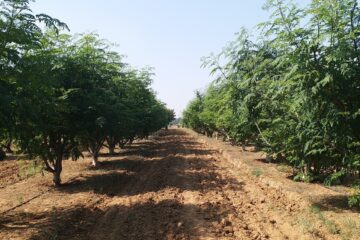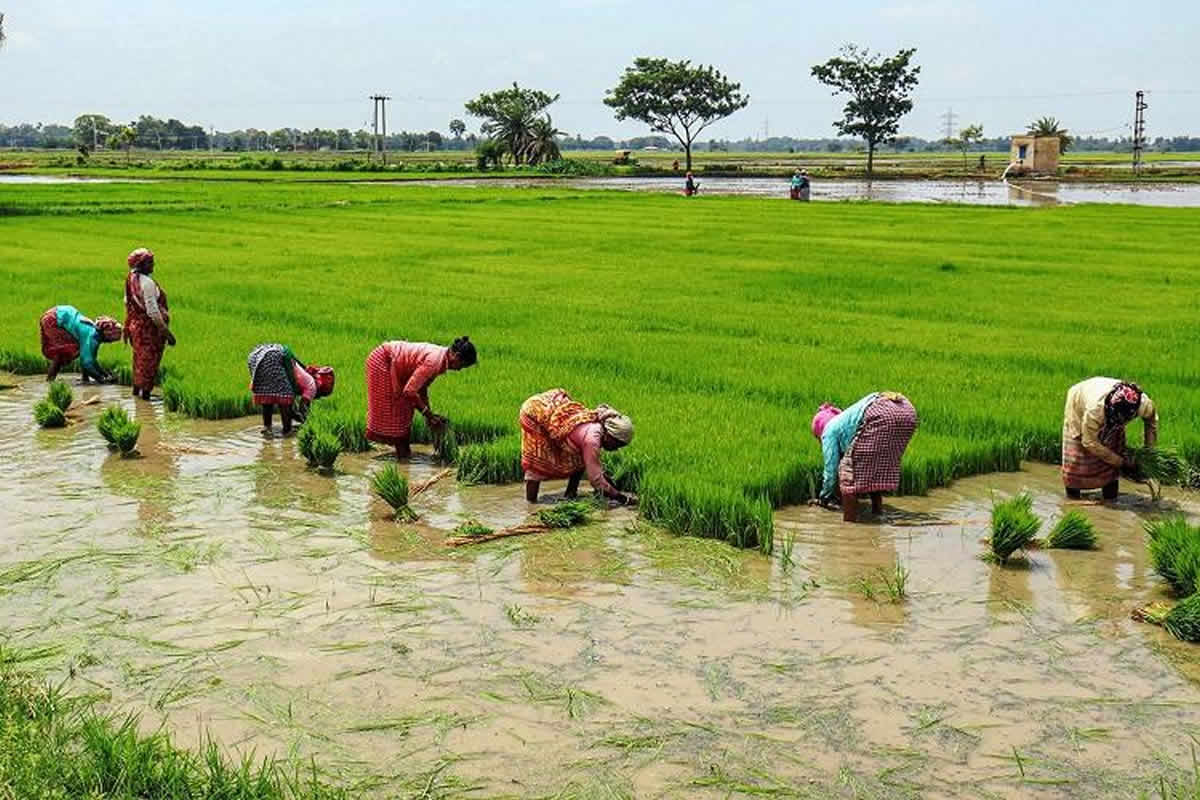Bananas, originating from India, belong to the Musaceae family. Known for their easy digestibility and instant energy, bananas have various varieties. The plant provides multiple edible parts such as the flower, stem, raw banana, and ripe fruit, making it integral to human life and events.
Cultivation Regions: In Tamil Nadu, bananas are extensively cultivated in districts like Trichy, Dindigul, Namakkal, Theni, Erode, Coimbatore, Madurai, Cuddalore, and Nellai.
Uses of Banana
- Roots: Consuming banana root ash mixed with honey can treat diabetes, leprosy, acidity, anemia, and intestinal worms. Boiling and drinking the root helps control blood pressure.
- Stem Juice: Acts as a detoxifier due to its high potassium and vitamin B6 content.
- Leaves: Applying a thin banana leaf on burns aids healing. Large leaves can treat various types of sores and wounds.
- Livestock Feed: Banana leaves serve as feed for livestock. Post-harvest banana plants can be used as mulch to control weeds.
Varieties
Several varieties are grown in Tamil Nadu, including Poovan, Karpooravalli, Monthan, Rasthali, Grand Nain, Ney Poovan, Pachainadan, Robusta, Red Banana, Vayal Valai, CO-1, Udhayam, Matti, Malai Valai, and Nendran. Hill bananas are grown in places like Sirumalai, Keel Palani Hills, and Kolli Hills.
Hill Bananas: Ideal for making Panchamirtham due to their low moisture content and firm skin, they are delicious and fall off the bunch easily when ripe. A bunch can weigh 10-15 kg, consisting of 6-8 hands and 72-96 bananas. They yield in about 14 months and are susceptible to pests and diseases like the rhizome weevil and Fusarium wilt.
Climate
Bananas thrive in tropical climates but can also be grown in arid, semi-tropical regions, and up to 2,000 meters above sea level. The ideal temperature for banana growth ranges from 25-35°C. Above 40°C or below 10°C, growth significantly reduces. Varieties like Virupakshi and Sirumalai can be grown at higher altitudes.
An annual rainfall of 1,700 mm is ideal. Proper drainage is essential to prevent diseases like Panama wilt.
Soil
Bananas grow well in a wide range of soils, from sandy loam to rich loam, with a pH range of 6-7.5. Deep, nutrient-rich, and well-drained soils are preferred, while poorly drained soils with low fertility are unsuitable.
Planting Methods
Land Preparation: In wetland cultivation, minimal soil preparation is needed. For garden lands, plow 2-4 times to a fine tilth.
Planting Material: Use sword suckers weighing 1.5-2 kg, free from pests and diseases. For susceptible varieties, dip suckers in a 2g/liter carbendazim solution for 5 minutes. For tissue culture plants, remove poly bags carefully and plant.
Planting Time
Bananas can be planted throughout the year except in extremely cold or rainy conditions. The ideal months are May, June, October, and November, while February and March are suitable if irrigation facilities are available.
Planting Techniques
Pit Method: Dig pits of 60 cm^3 and fill them with soil, sand, and compost. Plant 2-4 suckers per pit.
Trench Method: Make trenches 20-25 cm deep and 1.5 meters apart. Mix compost with the soil around the suckers.
High-Density Planting: This method involves planting at closer spacings to maximize yield. Around 4,444-5,555 plants can be accommodated per hectare, yielding an additional 55-60 tons.
Irrigation
Bananas need about 900-1,200 mm of water, provided through rainfall or irrigation. Consistent watering is essential, especially during growth stages. Drip irrigation is the most efficient method, providing precise amounts of water directly to the root zone.
Fertilizer Management
Bananas require balanced fertilization for optimal growth. The following are the recommended fertilizers for Tamil Nadu:
- Nendran: 330g urea, 560g super phosphate, 550g potash per plant.
- Other Varieties: 240g urea, 220g super phosphate, 550g potash per plant.
Weed Management
Effective weed control is crucial for high yields. Mulching with banana leaves or synthetic mulch can help control weeds and retain soil moisture. Pre-emergence herbicides like diuron and post-emergence herbicides like glyphosate can also be used.
Post-Planting Practices
- De-suckering: Remove excess suckers to focus the plant’s energy on fruit production.
- Propping: Support the plants with bamboo or casuarina poles to prevent lodging.
- Bunch Covering: Cover bunches with perforated polyethylene bags to protect from pests and enhance fruit quality.
Harvesting
Identify maturity by rounded fruits, age (100-110 days post-flowering), and slight yellowing of the peel. Harvest a week after stopping irrigation to maintain quality. Expected yield per hectare:
- Poovan: 40-50 tons
- Rasthali: 40-50 tons
- Ney Poovan: 30-35 tons
- Monthan: 30-40 tons
- Robusta: 40-50 tons
- Grand Nain: 60-65 tons
By following these practices, banana cultivation can yield high-quality fruits, providing both economic benefits and nutritional value.
Dr. C. Rajamanickam, Dr. A. Beula, Dr. V. Swaminathan, Department of Horticulture, Agricultural College, Madurai – 625 104.










